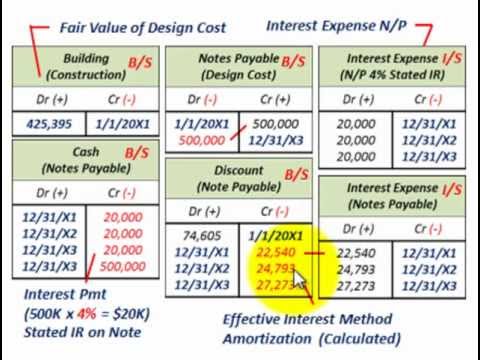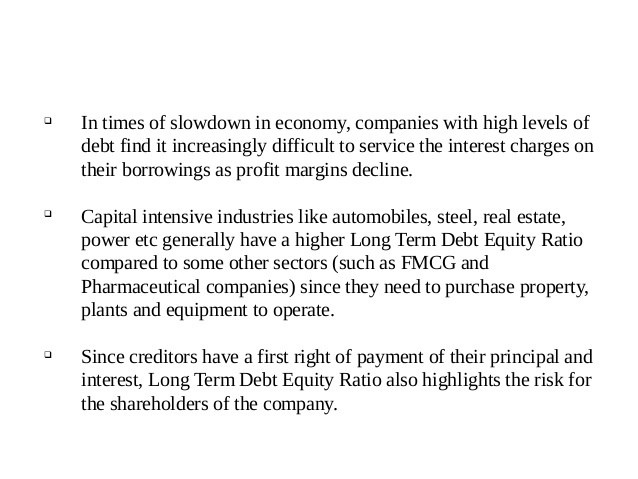
Now that you understand the process of adjusting liabilities through the Payroll Center, you can proceed confidently with making any necessary adjustments to invoicing best practices your payroll liabilities in QuickBooks Online. By properly setting up payroll liabilities in QuickBooks Online, you will have a solid foundation for accurate record-keeping and easy adjustments when needed. Once you have completed the setup, you can proceed to the next step of determining the adjustments required. For instance, if an employee’s vacation pay is adjusted retroactively, it would prompt a change in the accrued vacation liability. Similarly, if a new tax law is enacted, it may lead to adjustments in tax calculations and withholdings.
- It is essential to review the adjustments made in the Chart of Accounts to confirm their accuracy.
- Once you’ve found its cause, you can follow the specific steps for your situation in our Scheduled liabilities payroll show as overdue or in red article.
- If the Installments-Payroll account has an amount remaining at year-end, confirm with your tax agency if the remaining amount will be carry-forward to the next year.
- Following the setup adjustments, it is crucial to review and modify individual employee payroll records within QuickBooks, ensuring that the recalculated liabilities and taxes accurately reflect the changes made to the overall payroll setup.
- By dedicating time to review and verify the adjustments, you can be confident that your payroll liabilities are accurately reflected in QuickBooks Online.
They’ll be able to do a screen share to review your account to see why this keeps happening. If the Installments-Payroll account has an amount remaining at year-end, confirm with your tax agency if the remaining amount will be carry-forward to the next year. If the Installments-Payroll account has a balance owing (a negative amount), you may need to remit the balance to the tax agency. I have followed these instructions and these are still showing up in liabilities to be paid. If the adjustment will impact or change the data on your quarterly return, you might consider doing a quarter-to-date adjustment instead of a year-to-date adjustment.
To clarify, payments for prior quarters are entered as a lump sum, while for the current quarter are entered as per payroll. This will help you keep track of your payroll details and history, especially at year ends. Thank you for getting back to us and providing detailed information (with screenshots) regarding your payroll liabilities issue, @bbxrider. Where I need help how do I determine which tax liability account to select I haven’t been able figure it out where I got the balance.
Adjust payroll liabilities for the employee

Now, let’s dive into the step-by-step process of adjusting payroll liabilities in QuickBooks Online to ensure your financial records are accurate and up to date. When managing payroll in QuickBooks Online, it is important to ensure that payroll liabilities are accurately recorded. However, there may be instances where adjustments need to be made due to various reasons, such as correcting an error or reflecting changes in employee benefits. Please note that adjusting payroll liabilities should be done with caution, as it can have a direct impact on your financial statements and tax reporting.
How To Adjust Payroll Liabilities In Quickbooks Online
Adjusting kpmg spark software reviews and ratings 2023 employer contribution parameters, such as retirement plans or health benefits, should be carefully assessed to align with company policies and employee benefits. QuickBooks Online provides user-friendly options for these adjustments, allowing businesses to customize their payroll settings efficiently. It is critical to consider the implications of these changes, including potential impacts on employee paychecks, tax filings, and financial reporting. So, let’s dive into the specifics of adjusting, reconciling, and entering payroll liabilities in QuickBooks to ensure accurate financial reporting and compliance with accounting standards. Nearly 30% of small business owner’s overpay their taxes every year to the state and federal tax authorities either because of the incorrect tax payment calculation or because of the fear of getting penalties from the IRS. If you are an employer who has overpaid payroll tax liabilities using QuickBooks, then you might want to get the overpaid amount credited as your payroll tax liabilities and get this over payment adjusted in QuickBooks Company file.
Step 3: Adjust Employee Payroll Records
It is recommended to consult with a professional bookkeeper or accountant if you are unsure about the adjustments you need to make. In this comprehensive guide, we will explore how to adjust payroll liabilities in QuickBooks, QuickBooks Online, and QuickBooks Desktop. From identifying the need for adjustment to making necessary changes in payroll setup and reconciling liabilities, we will cover the essential steps and best practices for each scenario. It is essential to review the adjustments made in the Chart of Accounts to confirm their accuracy. You can generate payroll liability reports or review the individual liability accounts to ensure that the adjustments align with your requirements. By following this method, you can conveniently adjust payroll liabilities within the Payroll Center, eliminating the need to navigate through multiple menus or accounts.
Reconciling any discrepancies between the adjusted liabilities and the original records is essential to maintain accurate financial reporting. This process necessitates a thorough review of the current payroll settings to identify areas that require modification. For example, if there are changes in tax laws, the tax categories must be adjusted accordingly to ensure compliance. QuickBooks offers options to customize withholding rates based on the latest regulations, and it also allows flexibility in adjusting employer contributions.
This option allows for a more granular approach to adjusting payroll liabilities, enabling you to make precise changes based on your specific needs. By following this method in QuickBooks Online, you can confidently and efficiently adjust your payroll liabilities. Now let’s move on to making changes to the payroll tax liabilities in QuickBooks, but before that ensure you have the latest payroll tax table updates installed.
It is crucial to consider the implications of these changes, as they may affect employee pay, tax reporting, and overall financial management. Adjusting payroll liabilities in QuickBooks involves making changes to the recorded amounts of various payroll obligations and ensuring that the financial records accurately reflect the current understanding a balance sheet definition and examples liabilities and taxes owed. By diligently following these steps, you can ensure that your payroll liabilities are accurately adjusted in QuickBooks Online. This will enable you to maintain accurate financial records, comply with tax regulations, and make informed decisions based on reliable payroll data. Using the Chart of Accounts to adjust payroll liabilities provides you with direct control over the specific liability accounts related to your payroll.
